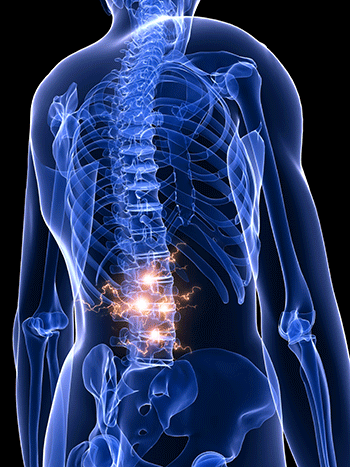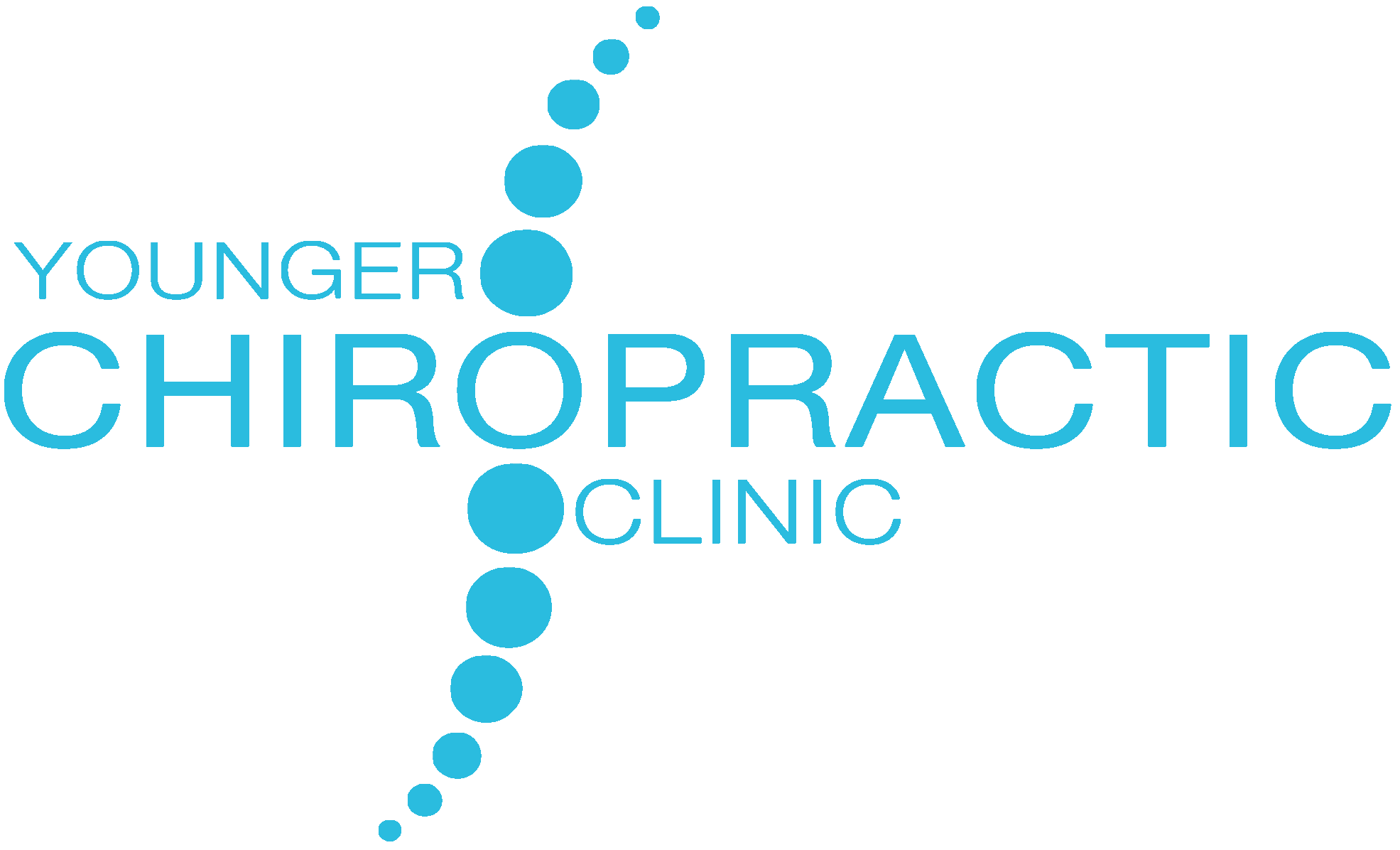 A few years ago, a study was completed where patients were observed who had both acute (or severe) and chronic back pain. In this study, standard medical treatment was compared to chiropractic care. A total of 2780 patients were studied over a 2-year period. There were 60 chiropractic doctors (treating 1855 of the patients) and 111 medical doctors (treating 925 patients). The patients were given a questionnaire at the first visit, and then followed up with regular over a period of 4 years. Those patients who suffered from acute (or severe) back pain had experienced the pain for less than 7 weeks, while the chronic back pain patients had experienced their pain for 7 weeks duration or longer.
A few years ago, a study was completed where patients were observed who had both acute (or severe) and chronic back pain. In this study, standard medical treatment was compared to chiropractic care. A total of 2780 patients were studied over a 2-year period. There were 60 chiropractic doctors (treating 1855 of the patients) and 111 medical doctors (treating 925 patients). The patients were given a questionnaire at the first visit, and then followed up with regular over a period of 4 years. Those patients who suffered from acute (or severe) back pain had experienced the pain for less than 7 weeks, while the chronic back pain patients had experienced their pain for 7 weeks duration or longer.
Medical doctors treated their patients with a regimen of prescription drugs, an exercise plan, and self-care advice; as well as some receiving physical therapy. The chiropractic doctors treated their patients with a regimen of spinal manipulation, physical therapy, an exercise plan and self-care education. The success of the treatment was measured by the patient’s report of their degree of pain and/or disability.
Those patients who were treated by the medical doctors had a greater degree initially of pain and disability, in addition to pain radiating from below the knee. They also had poorer general health than those patients who are treated by a chiropractor.
Those patients who were treated by the chiropractic doctors saw a modest advantage in their pain relief over those treated by the medical doctors in the first 12 months. The greatest difference was in those patients who had chronic lower back pain. There was a noticeable advantage in the chiropractic patients who experienced chronic pain below the knee.
The important point in this study is to note that ALL patient groups saw significant improvement in pain and disability over the course of treatment. Those patients who were experiencing acute pain saw the greatest improvement, with many of them gaining almost complete relief of their pain symptoms. Most of the patients felt relief by 3 months. However, it was interesting to note that 3 years into this study, up to 75% of the patients had experienced at least 30 days of pain in the previous year – even those who had seen significant pain and disability relief through early intervention.
So what does this study ultimately prove? Here are two key take-aways:
- The earlier you can deal with pain, the more effective the treatment when you are experiencing chronic pain. In the study, those patients who dealt with their pain early on experienced fewer days of back pain than those who had waited before seeking treatment. Overall, their treatments were more successful in reducing their pain. If you are experiencing back pain – don’t delay. Early intervention can play a huge part in your recovery for the long run.
- Chiropractic care can be more beneficial than medical care for certain kinds of pain. For those patients who had chronic lower back pain, and those with pain below the knee, chiropractic care was the most effective. And equally important, those patients who visited their chiropractor felt relief within the first 3 months.
Haas M, Goldberg B, Aickin M, Ganger B, Attwood M. A practice-based study of patients with acute and chronic low back pain attending primary care and chiropractic physicians: two-week to 48-month follow-up. Journal of Manipulative and Physiological Therapeutics 2004;27(3):160-169.
